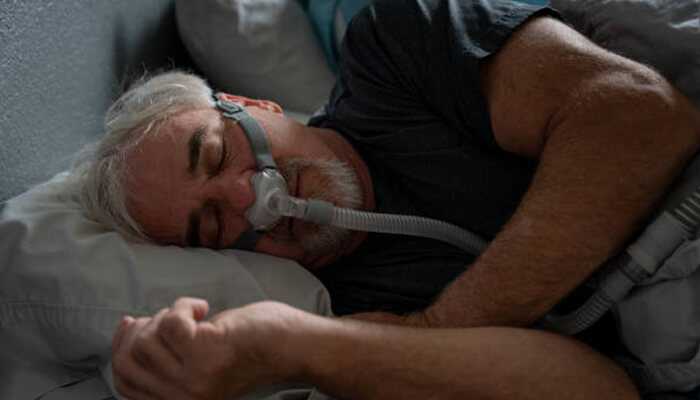Sleep apnea, characterized by repeated breathing pauses during sleep, disrupts the sleep cycle, posing serious health risks if untreated. Symptoms like loud snoring and daytime fatigue impair life quality. Understanding its causes, symptoms, and treatments is vital for well-being.
Exploring diverse treatments for obstructive sleep apnea (OSA) is essential for managing this condition effectively and enhancing overall sleep health.
Symptoms
Sleep apnea manifests through various telltale signs: persistent loud snoring disturbs sleep patterns, while breathing interruptions, often observed by others, punctuate the night. Abrupt awakenings, marked by gasping or choking sensations, add to the distress. Morning headaches, daytime lethargy, impaired concentration, and irritability are recurrent companions, diminishing quality of life. Recognizing these symptoms is crucial for the timely diagnosis and effective management of sleep apnea to mitigate its impact on overall well-being.
Causes
Sleep apnea originates from two primary sources: obstructive and central. Obstructive sleep apnea arises when throat muscles relax excessively during sleep, obstructing airflow. Conversely, central sleep apnea stems from a malfunction in the brain’s respiratory control center, failing to prompt breathing muscles. In obstructive cases, airway blockages disrupt breathing, whereas central instances involve a neurological failure to regulate breathing patterns. Understanding these distinctions is vital for accurate diagnosis and tailored treatment approaches to manage sleep apnea effectively.
Risk factors
Several factors increase the likelihood of developing sleep apnea. These include obesity, particularly with a thick neck circumference, male gender, advancing age, and a family history of the condition. Lifestyle habits such as alcohol consumption, sedative or tranquilizer use, and smoking contribute to its onset. Nasal congestion and anatomical features like a narrowed airway further elevate the risk. Recognizing these risk factors enables proactive measures to mitigate their impact and promote better sleep health.
Diagnosis
Diagnosing sleep apnea often entails a polysomnography, a comprehensive sleep study conducted in specialized centers. Polysomnography monitors key sleep parameters like breathing patterns, oxygen saturation levels, heart rate, and brain activity throughout the night. By analyzing these data, clinicians can assess the presence and severity of sleep apnea. This diagnostic approach provides a thorough understanding of the individual’s sleep patterns, aiding in the formulation of personalized treatment strategies to effectively manage the condition and improve overall sleep quality.
Treatment
Treatment options for sleep apnea may include lifestyle changes such as weight loss, positional therapy, and avoiding alcohol and sedatives before bedtime. Continuous positive airway pressure (CPAP) therapy, which involves wearing a mask that delivers a continuous flow of air to keep the airway open during sleep, is a common treatment for moderate to severe obstructive sleep apnea. Other treatment options may include oral appliances, surgery, or alternative therapies.
Takeaway
Sleep apnea is a potentially serious sleep disorder characterized by repeated pauses in breathing during sleep. It can lead to various health complications if left untreated, including cardiovascular problems, daytime fatigue, and impaired cognitive function. Recognizing the symptoms, understanding the risk factors, seeking a timely diagnosis, and exploring appropriate treatment options are essential steps in managing sleep apnea and improving overall sleep health and quality of life.



